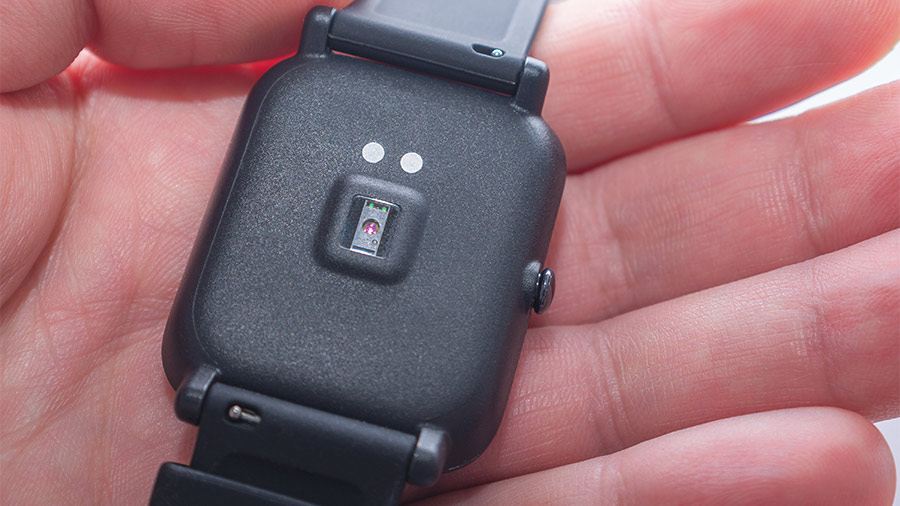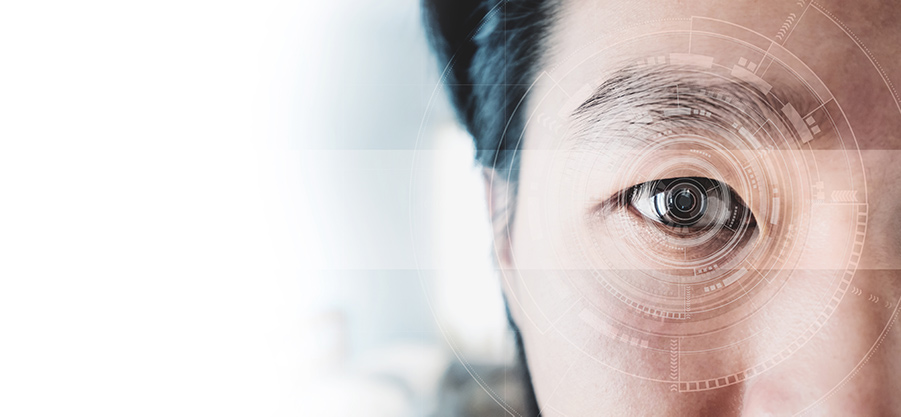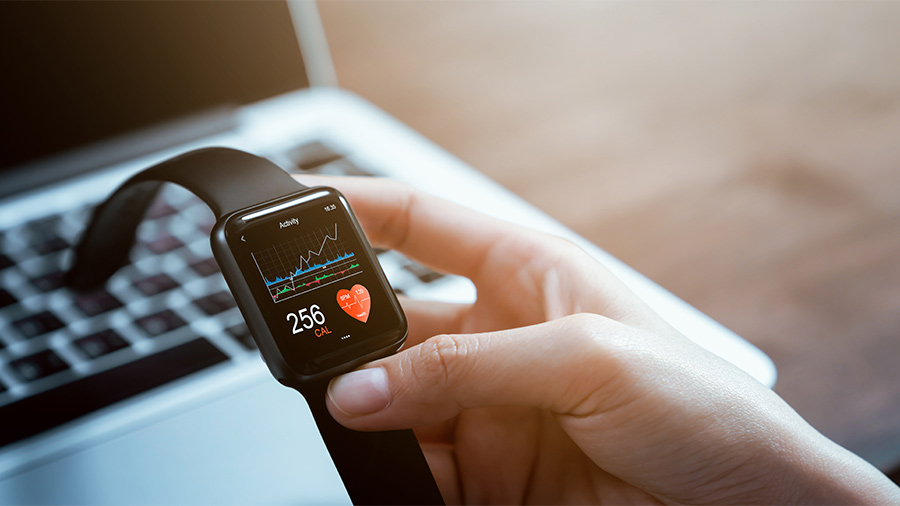Wearable biosensors

Nida Fatima, MD & Jakob Bower
Wearable biosensors - are they part of another flashy trend, or are they offering something immediately applicable to improving patient care? What's been your personal or clinical experience with this technology?
Since the 1980s, biosensor technology has been utilized in portable medical diagnostic instrumentation, such as glucose home monitoring for diabetic patients
As this type of technology continues to advance, there is a substantial interest in wearable biosensors that provide continuous, real-time physiological information through dynamic monitoring of various parameters. It’s exciting to say these tools can now report on this level and are increasingly relevant to all types of medicine
Over the past few decades, wearable devices have taken the form of accessories, integrated clothing, body attachments, and body insertions. These small biodevices have enabled rapid diagnosis and treatment, improving the quality and efficacy of healthcare.
Today, wearable devices have their own receivers, feature a signal processor, and are battery-powered, enabling them to operate as a “micro-computer,” gathering and processing information. In addition, these devices are connected to other smart devices through Bluetooth, infrared, radio-frequency identification, and near-field communication technology.
Wearable devices’ connectivity has enabled remote and long-term patient monitoring in homes and facilities previously considered impossible. Point-of-care technology like this provides rapid and patient-centered diagnostics, enabling health monitoring, prevention, and personalized medicine for various acute and chronic diseases.
A survey conducted by a group of AO Trauma surgeons found wearable sensors could be valuable for assessing general activity, range of motion measurements, and gait analysis.
Due to the small size of biosensing devices and wireless communication technologies, health monitoring systems have the chance to become deeply engraved—perhaps literally—in our lives.
Currently available wearable devices are split into the categories of wrist (watches, bracelets, and gloves), head (glasses and helmets), clothes (coats, underwear, and pants), feet and body control (somatosensory modulators).
Attachable devices—more permanent monitoring solutions—provide their own swatch of diagnostic information by utilizing ultra-thin sensors. Skin patches allow the monitoring of blood pressure, heart rate, fluids, and temperature through; contact lenses help examine retinal arteries, tracking hypertension and diabetes. Implantable devices and ingestible pills are also gaining importance as biosensors.
From healthcare to biomedical monitoring systems, wearable devices are becoming popular for non-invasive and continuous monitoring of health data. The future is bright for these tools due to their sophistication and miniaturization.



